Inorganic research, tissue culture alludes to a technique wherein parts of a tissue (plant or creature tissue) are brought into another, counterfeit condition, where they keep on working or develop. While parts of the tissue are frequently utilized, note that whole organs are likewise utilized for tissue culture purposes. Here, such development media as stock and agar are utilized to encourage the procedure. Hybrid Agri has the best plant tissue culture techniques.
Sorts of Tissue Culture
Seed Culture
Seed culture is the sort of tissue culture that is fundamentally utilized for plants, for example, orchids. For this strategy, explants (tissue from the plant) are acquired from an in-vitro inferred plant and acquainted with a counterfeit domain, where they get the chance to multiply. If plant material is utilized legitimately for this procedure, at that point it must be disinfected to forestall tissue harm and guarantee ideal recovery.
Embryo Culture
Embryo culture is the sort of tissue culture that includes the separation of an undeveloped organism from a given living being for in vitro development.
Embryo culture may include the utilization of the development of youthful undeveloped organisms. Though developing undeveloped organisms for culture are basically gotten from ready seeds, juvenile embryo includes the utilization of youthful Embryo from unripe/crossbreed seeds that neglected to sprout. In doing as such, the undeveloped organism is at last ready to create a practical plant.
For undeveloped organism culture, the ovule, seed or natural product from which the embryo is to be gotten is sanitized, and in this way, the embryo doesn’t need to be cleaned once more. Salt sucrose might be utilized to give the embryo supplements. The way of life is advanced with natural or inorganic mixes, inorganic salts just as development controllers.
Callus Culture
*Callus – This is the term used to allude to unspecialized, sloppy and a separating mass of cells. A callus is created when explants (cells) are refined in a suitable medium – A genuine case of this is the tumor tissue that becomes out of the injuries of separated tissues/organs.
By and by, callus culture includes the development of a callus (made out of separated and non-separated cells), which is trailed by a method that instigates organ separation.
For this kind of tissue culture, the way of life is regularly continued on a gel medium, which is made out of agar and a blend of given full scale and micronutrients relying upon the sort of cells. Various kinds of basal salt blends, for example, murashige and Skoog medium are additionally utilized notwithstanding nutrients to improve development. Hybrid Agri has the best techniques for plant tissue culture.
Organ Culture
Organ culture is a kind of tissue culture that includes secluding an organ for in vitro development. Here, any organ plant can be utilized as an explanation for the way of life process (Shoot, root, leaf, and bloom).
With organ culture, or as is with their different tissue parts, the technique is utilized for saving their structure or capacities, which permits the organ to even now take after and hold the qualities they would have in vivo. Here, new development (separated structures) proceeds with given that the organ holds its physiological highlights. All things considered, an organ gives data on examples of development, separation just as advancement.
Protoplast Culture
*Protoplast – cells without cell dividers. A protoplast is the term used to allude to cells (parasites, microscopic organisms, plant cells and so forth) in which the cell divider has been expelled, which is the reason they are additionally alluded to as exposed cells.
When a protoplast has recovered a phone divider, at that point, it experiences the procedure of cell division to frame a callus, which may then be subcultured for proceeding with development.
Significant Steps of Tissue Culture (Plants)
Initiation Phase (Stage 1)
This stage is the principal period of tissue culture. Here, the tissue of intrigue is acquired and acquainted and sanitized all together to keep any microorganism from contrarily influencing the procedure. It is during this phase the tissue is started into the culture.
Multiplication Phase (Stage 2)
This stage is the second step of tissue culture where the in vitro plant material is pre-separated and afterward acquainted with the medium. Here, the medium is made out of suitable segments for development including controllers and supplements. These are liable for the multiplication of the tissue and the creation of numerous shoots.
*This step is regularly rehashed a few times so as to acquire the ideal number of plants
Root formation (Stage 3)
It is at this stage roots are shaped. Here, hormones are required so as to instigate establishing, and thus complete plantlets.
The Process of Plant Tissue Culture
This procedure includes the utilization of little bits of given plant tissue (plant of intrigue). When the tissue is obtained, it is then refined in the suitable medium under sterile conditions in order to keep different sorts of microorganisms from influencing the procedure.
Coming up next is a general method for plant tissue culture
Medium preparations
The suitable blend, (for example, the MS blend) is blended in with refined water and mixed while including the fitting measure of sugar and sugar blend. Here, sodium hydroxide or hydrochloric corrosive is utilized to modify the pH – Contents utilized here will rely upon the plant to be refined and the number of tissues to be refined.
Agar is added to the blend, warmth and mixed to break up
In the wake of cooling, the warm medium is filled polycarbonate tubes (to a profundity of around 4 cm)
With tops sitting on the cylinders, the cylinders are put in a weight cooker and cleaned for 20 minutes
Plant preparation
Slice the plant part into little pieces (for example cauliflower can be sliced to florets of about 1cm over). Then again, such parts as the African violet leaves can be utilized overall.
Utilizing cleanser and water, wash the plant part for around 20 minutes
Move the plant part into cleaning Clorox arrangement, shake for a moment and leave to soak for 20 minutes
Utilizing a cover, tenderly dispose of the Clorox and hold the plant part in the compartment and afterward top the holder
Moving the plant material to a tissue culture medium
- * 70 percent liquor ought to be utilized for the cleansing of the gear utilized and compartments
- Open the compartment and pour sterile water to cover a large portion of the holder
- Spread with a sterile cover again and shake the holder for 2 to 3 minutes so as to wash the tissue and evacuate the sanitizer
- Pour the water and rehash this multiple times
- Utilizing sanitized gloves, expel the plant part from the holder and on to a sterile Petri dish
- Utilizing a sterile cutting edge slice the plant material to littler bits of around 2 to 3 mm across maintaining a strategic distance from the parts that have been harmed by blanch
- Utilizing sterile forceps, place an area of the plant into the medium
The Technique for Plant In Vitro Culture
Micropropagation – This method is utilized for the reasons for growing top-notch clonal plants (a clone is a gathering of indistinguishable cells). This can possibly give fast and huge scope spread of new genotypes.
Physical cell hereditary qualities – Used for haploid creation and substantial hybridization
Transgenic plants – Used for the articulation of mammalian qualities or plant qualities for different species it has demonstrated useful for the building of species that are safe against infections and bugs.
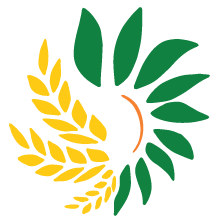
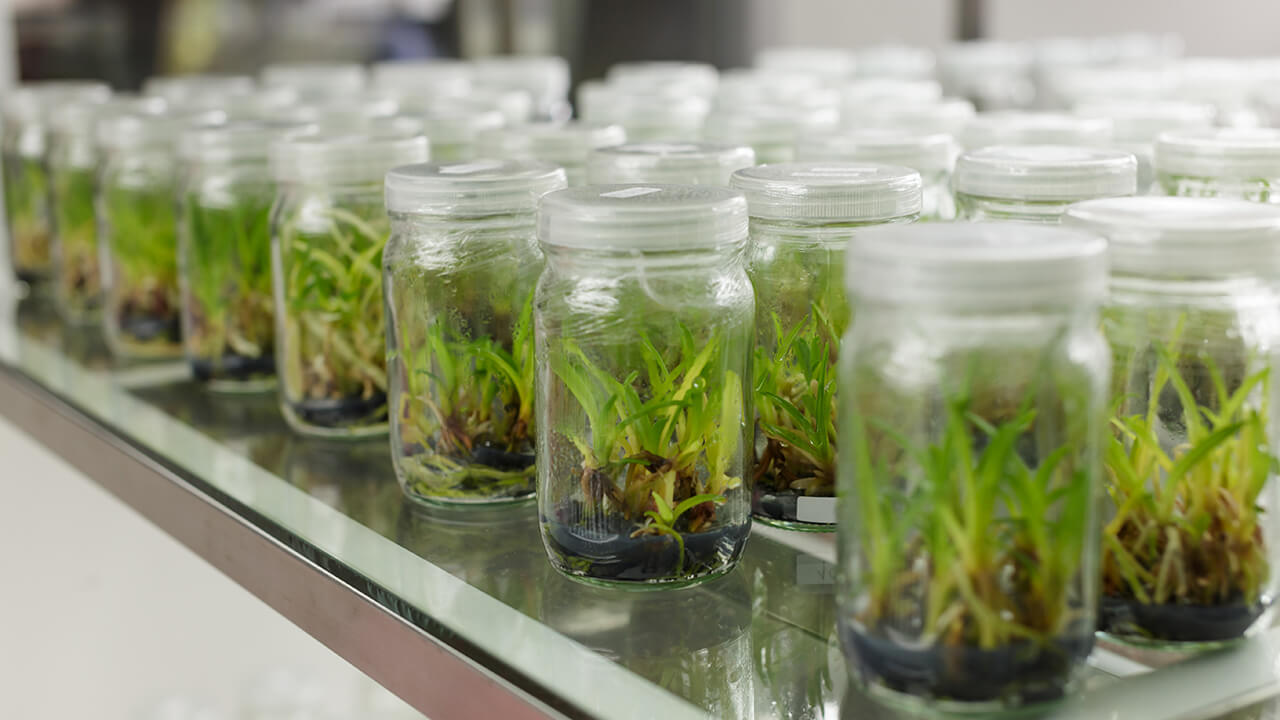


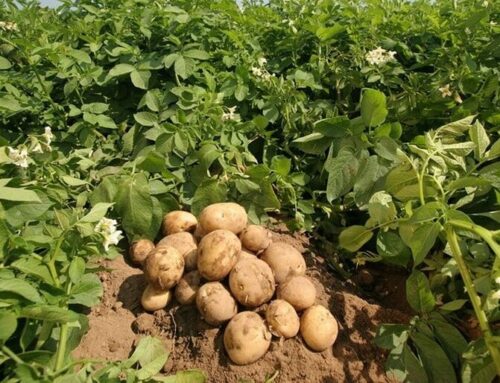
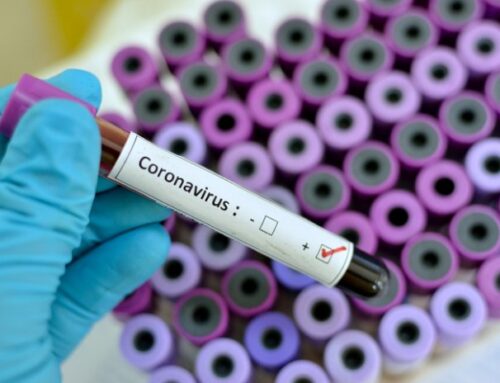
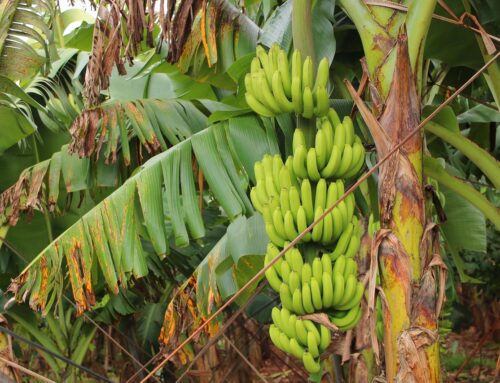
 WhatsApp us
WhatsApp us